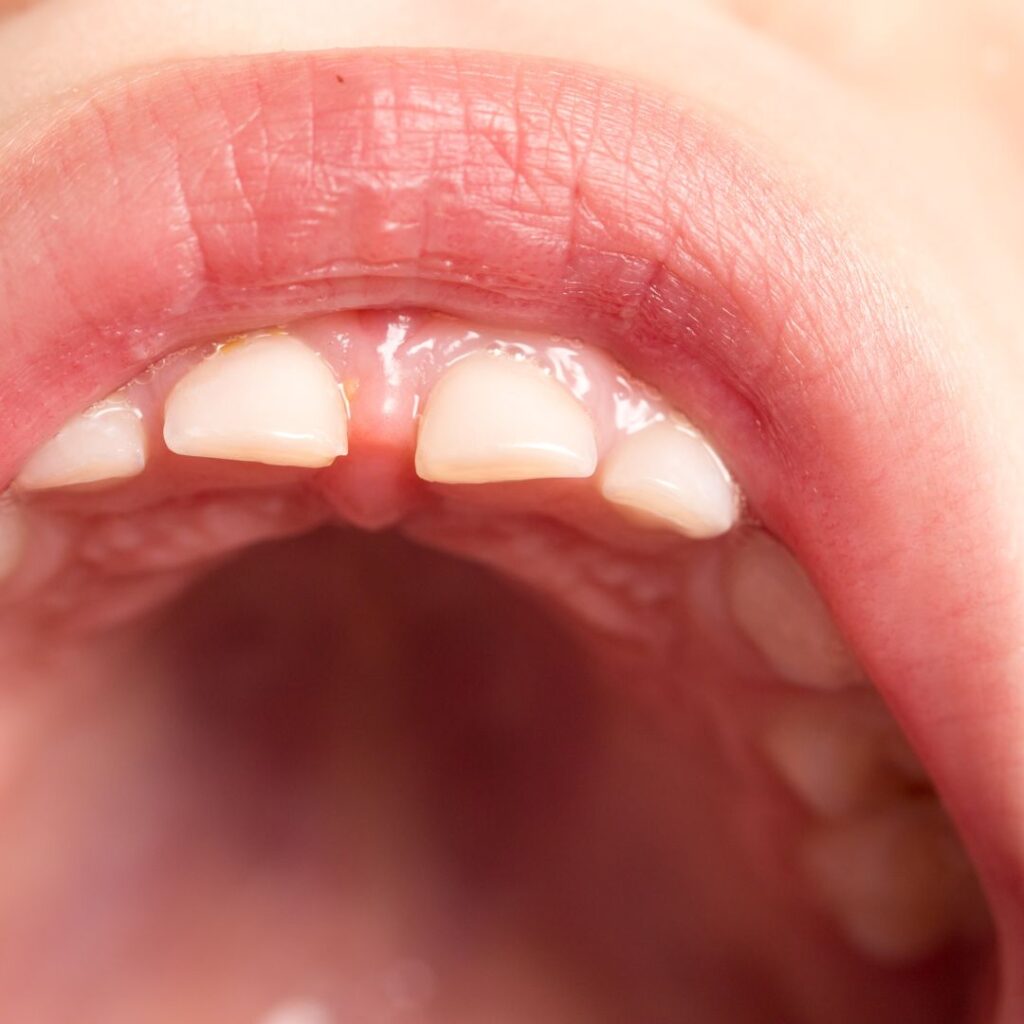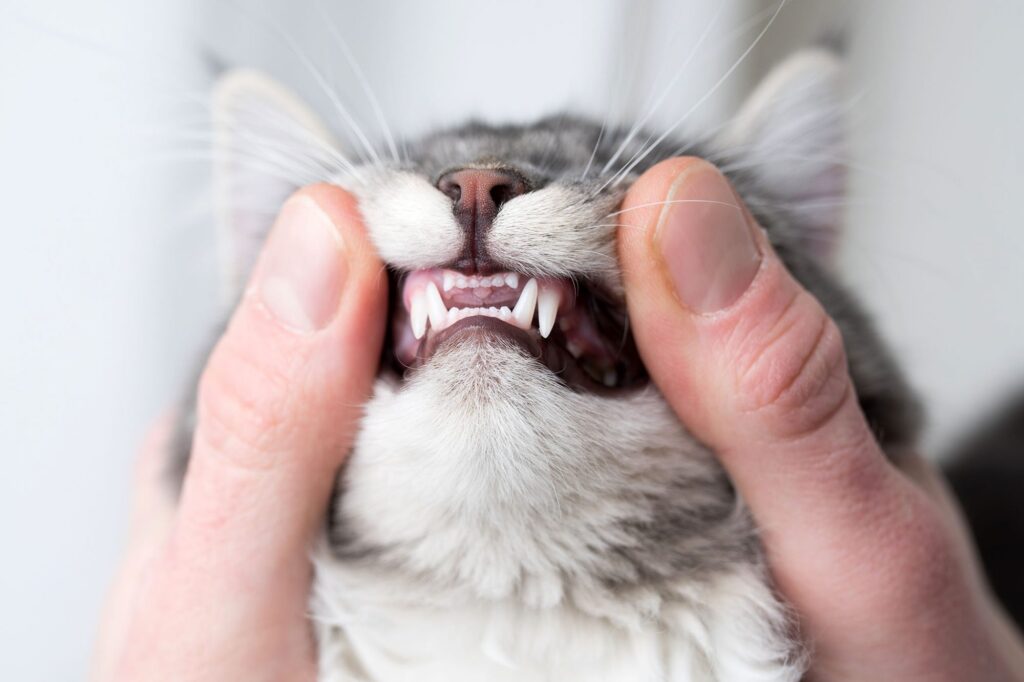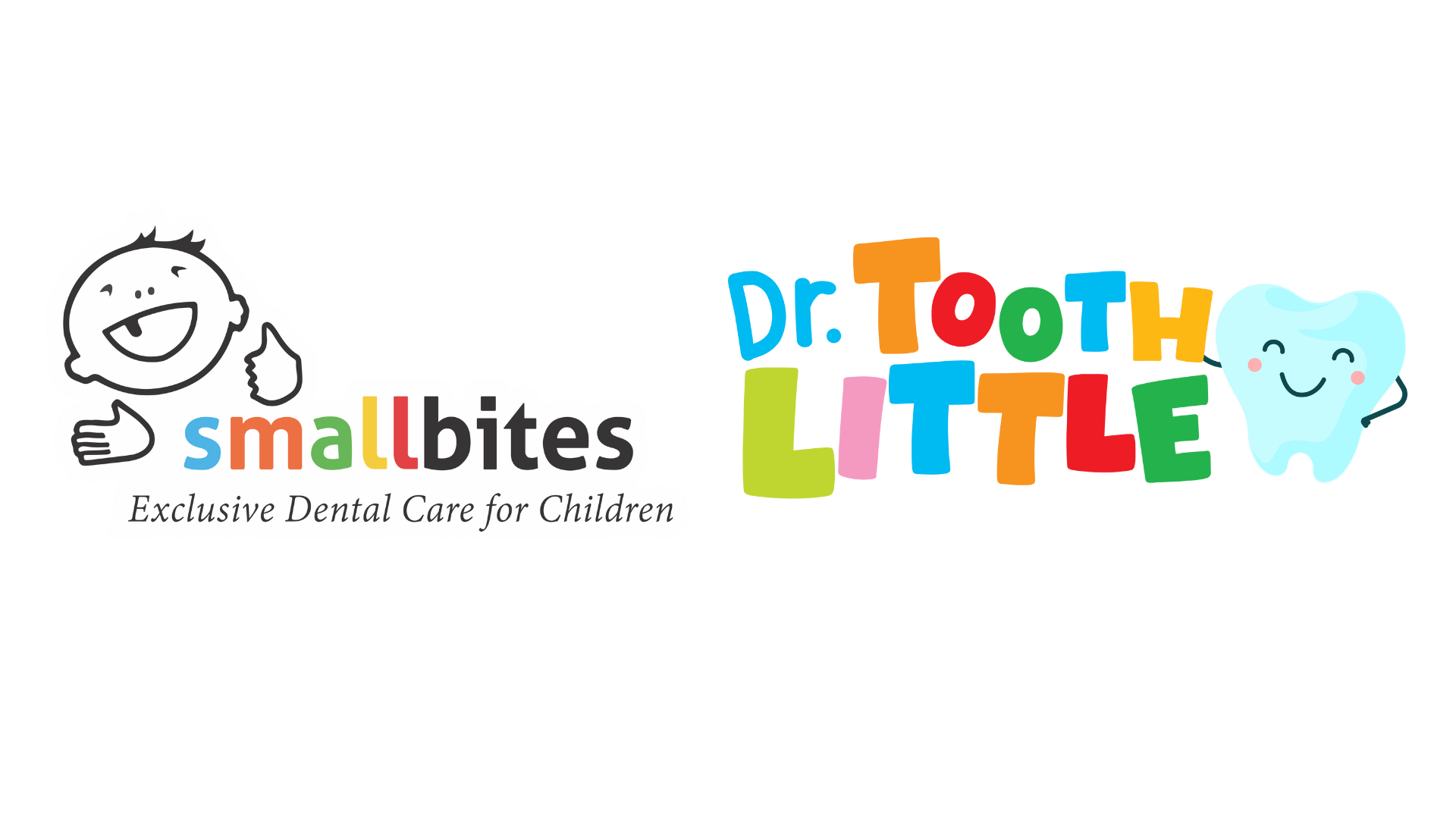Why do children have baby teeth? Why not grow permanent teeth in the first place?
This question might have come to you perhaps or may have crossed the minds of parents bringing their child to us at Small Bites. It’s a valid question considering baby teeth tend to fall off at some point of time. Having them seems pointless for little children, not to mention the associated teething pain, irritability, fever and so much more accompanying it.
Yet it is important to understand why baby teeth grow and what’s so different about them. Before that, understanding the teeth and its structure is an absolute must.

The tooth is basically composed of two tissue types;
- Structures that make up the tooth itself which are the enamel, dentine, pulp and cementum.
- Tissues that form and support the tooth in the mouth, which include gingiva, periodontal ligament and alveolar bone.
Of all these tissues, the enamel, dentine and cementum are hard tissues enclosing the soft tooth pulp. The enamel has no cells and unlike bone cannot grow or undergo repairing once damaged. Therefore, teeth when once formed cannot grow or change in size.
However, the surrounding tissues such as gingiva, periodontal ligament and alveolar bone keep growing as the child grows. From infancy to adulthood, the body and its structures, particularly the mandible and maxilla grow continuously. This increases the space in the jaw which does not get filled with existing milk teeth.
To accommodate the space in the jaw and help in masticating larger food particles as the body and jaws grow, deciduous or milk teeth are resorbed and fall off, and in their place, new bigger teeth grow to fill up the larger space.
Humans therefore have two sets of teeth – the deciduous or milk teeth and the succeedaneous or permanent teeth. It is interesting to know that most rodents, squirrels and rabbits teeth keep growing as they grow.
Do you want to know some other teeth facts to share with your kids?
- Dolphins don’t use teeth for chewing food, because their jaws have no muscles.
- Blue whales have no teeth at all. Instead, they have plates of baleen on both jaws used to catch small animals like krill when swimming.
- Giraffes have no upper front teeth, because their tongues do the grabbing of leaves and eating.
- Cats have additional tiny teeth on the roof of their mouth to grip their prey.
- Frogs have teeth but toads don’t.
 Humans are diphyodont creatures, with two sets of teeth in our lifetime. It is essential that we look after both of them well, given that healthy milk teeth also mean a healthier set of permanent teeth. Bring your child to us for regular dental checkups starting from the age of 1. We’ll ensure they always remain healthy.
Humans are diphyodont creatures, with two sets of teeth in our lifetime. It is essential that we look after both of them well, given that healthy milk teeth also mean a healthier set of permanent teeth. Bring your child to us for regular dental checkups starting from the age of 1. We’ll ensure they always remain healthy.

